Free Printable Colored Shoe Graphing Activity for Preschool
Do your kids have a favorite book character? My six-year-old is pretty obsessed with Pete the Cat… it almost rivals her love for Moana. Which she still watches every.single.day. When she goes to grab a book from her shelves, you can place a bet that it will be Pete the Cat. Since she loves that silly cat so much, I’ve been creating some fun math activities to go along with them, so that we can combine our math and literacy time. You’ll want to check out our Button Counting Grids and Cupcake Counting Grids that go perfectly with some of our favorite Pete the Cat books. This free printable colored shoe graphing activity for preschoolers is a great addition to our Pete the Cat games!

Recommended Grade Level:
To prep: Print the graph and dice from the download at the end of this post. There are two options for the cube. You can choose between creating your own cube (great if you don’t have the photo cubes) or using our favorite Differentiated Instruction Cube as a die.
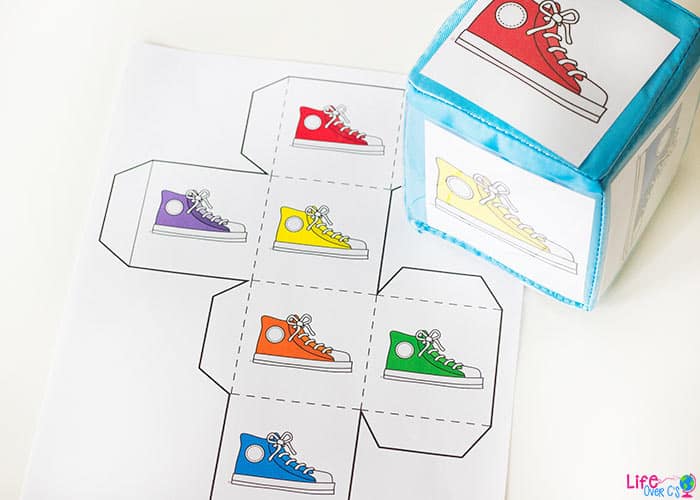
If you choose to make your own cube, fold the cube template on the inside lines and tape it into a cube. I find it helpful to put additional tape on the outside of the cube to give the dice a little bit more weight and to last longer.
Then, laminate the graph for durability. If you laminate, you can also use dry erase marker to mark each box as the pictures are rolled. We love using mini erasers for just about everything! (My 10-year-old actually decorated a cardboard box creation that she made yesterday with our stash of penguin mini erasers!)
To use: Simply roll the cube and mark which animal was rolled.
Continue rolling until one column reaches the top.
We used this graphing activity to also work on naming colors. Shiloh is great at sorting and matching colors, but she is still struggling with naming the colors and activities such as this provide us lots of opportunities to name the colors as she rolls and places the graph markers.
“You rolled a purple shoe!”
“Can you place an erase above the purple shoe?”

She gets tired of people asking her to say things (because it’s hard for her), so I don’t require her to repeat the color names. This is important to consider when a child has speech issues. They hear so often “repeat after me” or “p, p, purple” that they get frustrated.
I never want to cause her frustration that would get in the way of her learning, so I am careful to model and allow her to say the words on her own.

Once one of the colors reaches the top of the graph, guide your child in analyzing the data:
Practice counting and count each column.
What animal was rolled the most? The least?
Did any animals get rolled the same amount? Not at all?
Then, you can write down the totals, clear the graph and do it again.
Did you get the same results?
Why do you think you didn’t get the same results?
While this is a simple activity to do, this is the beginning stages of understanding probability, so it’s an important skill. Plus, my daughter just LOVES tossing the dice…

join the newsletter & Get your free activity
Get Your Free Printable Activity Here!
Already a subscriber? No worries. Just enter your email here to have the activity sent directly to your inbox.
More Graphing Activities You’ll Love:
More Colors Activities:
Search All Activities
Looking for more? Find exactly what you need here:



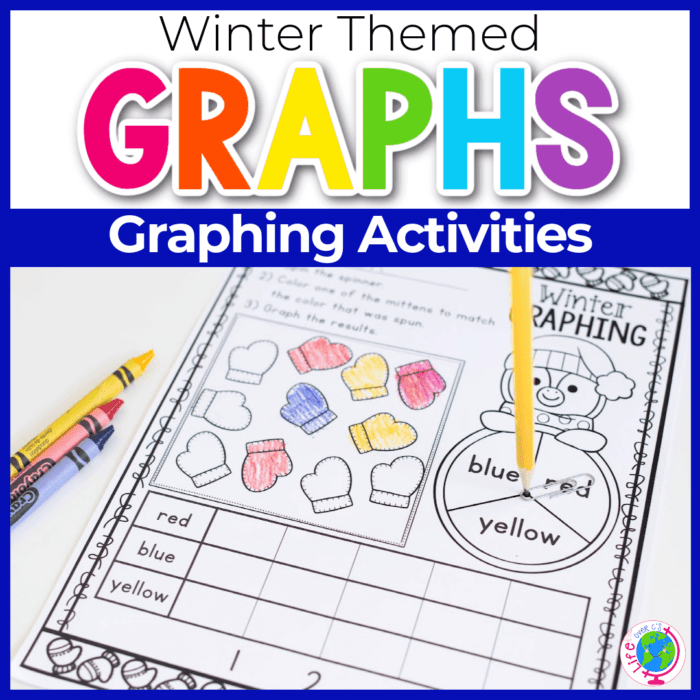
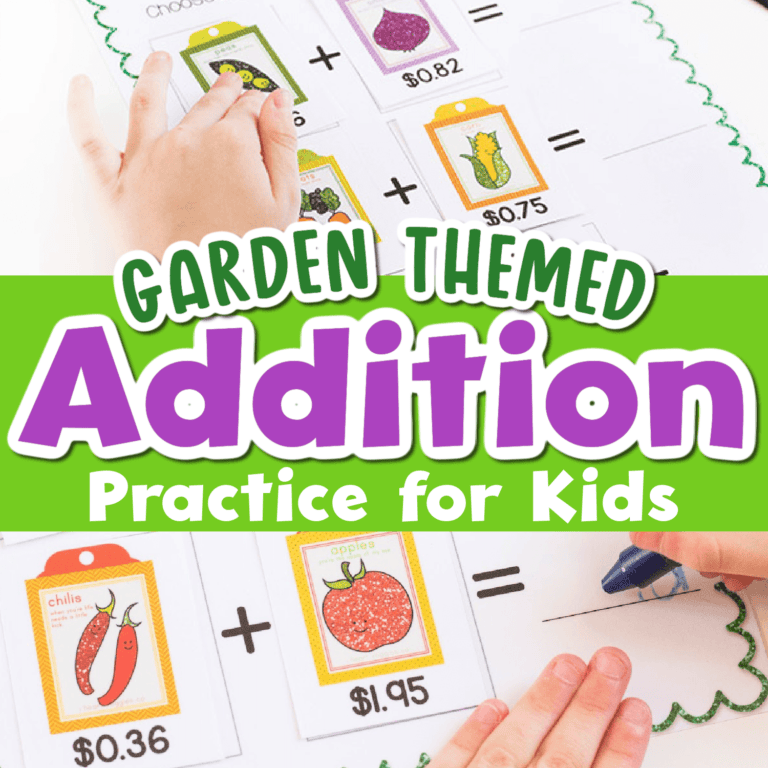
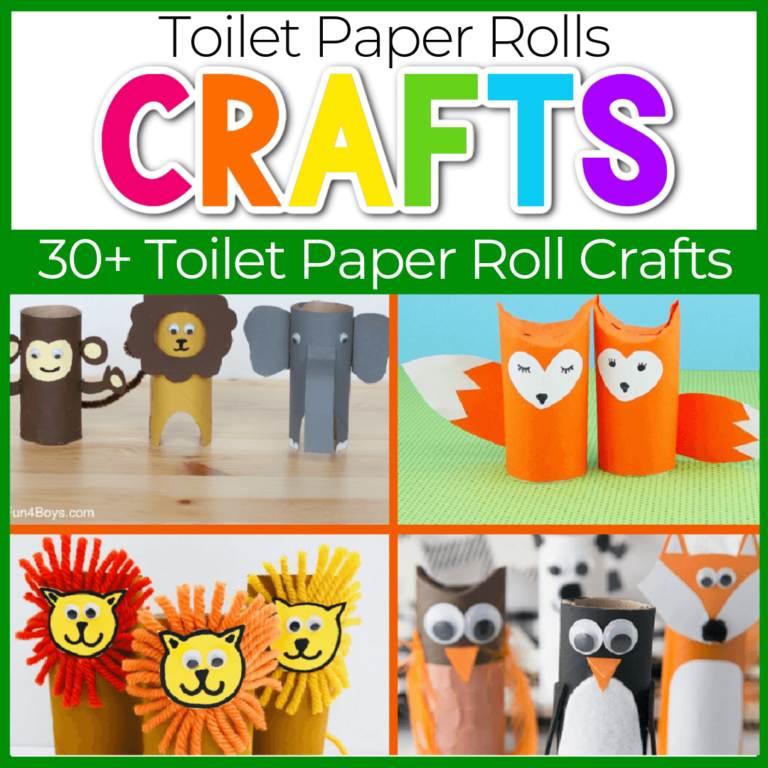
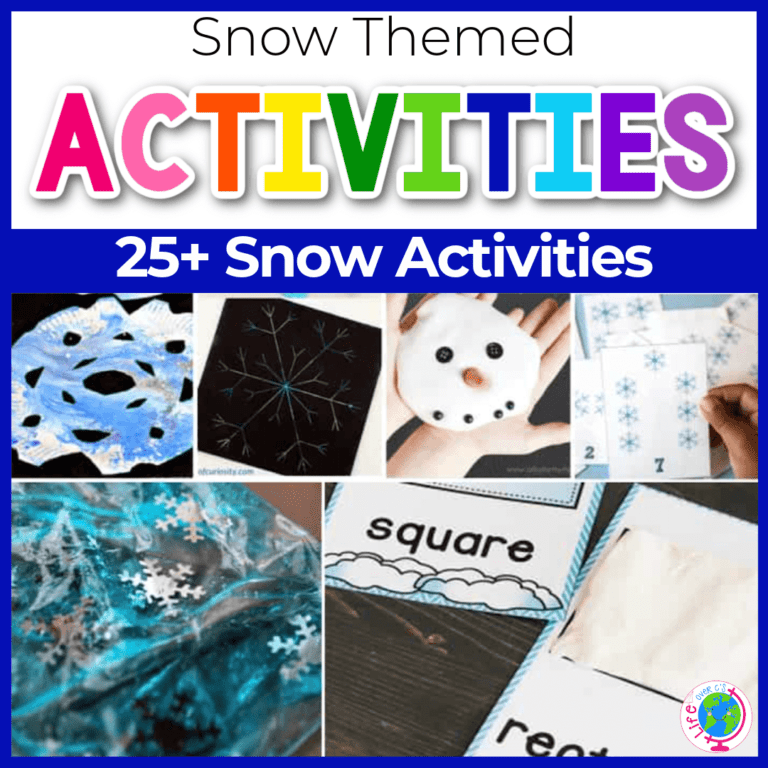
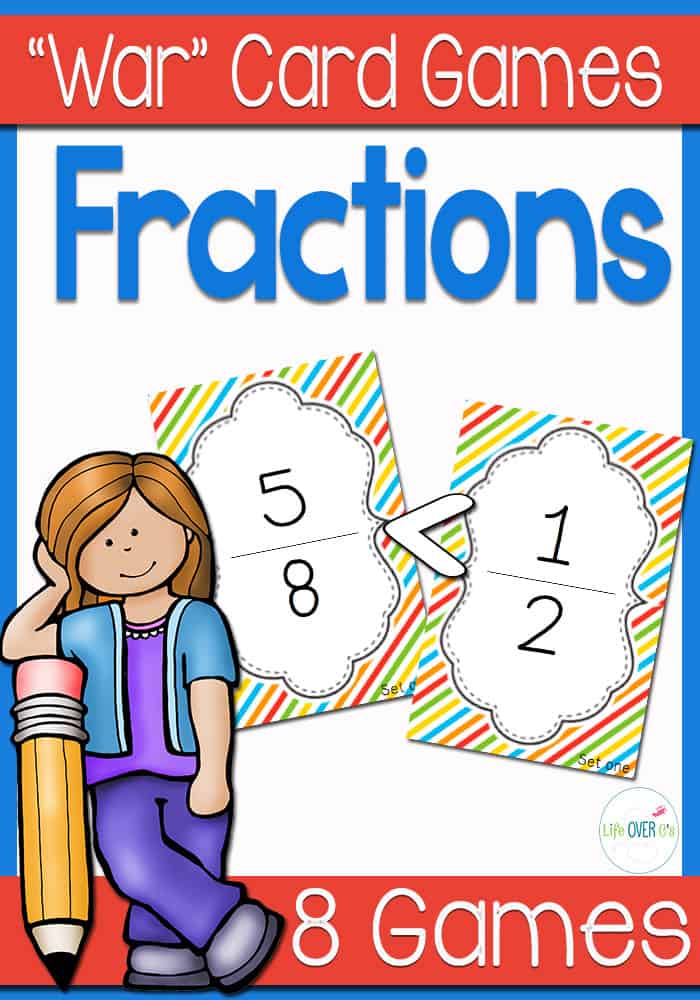


Thank you for this free cute black sheep counting cards. My granddaughter who is in preschool needs the extra number practice This will work well for her! I appreciate you having free activities.
Thanks Again,
AR
Awesome Pete the Cat activity! We can never go wrong with this cool cat!
/\__/\
(=’x’=)
(“)_(“)_/
Could you enlarge the shoe pictures to fit on a pocket chart for large-group use?
I’m sorry, I am unable to do custom adjustments on free items. I will keep it in mind for future projects.